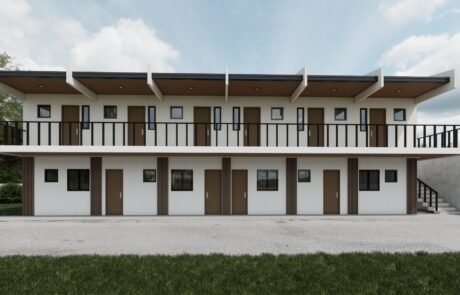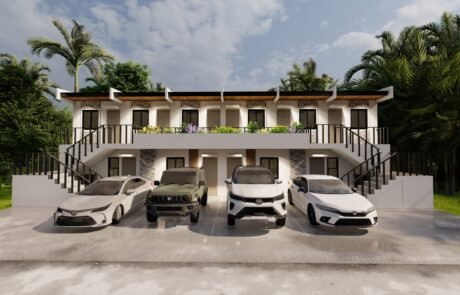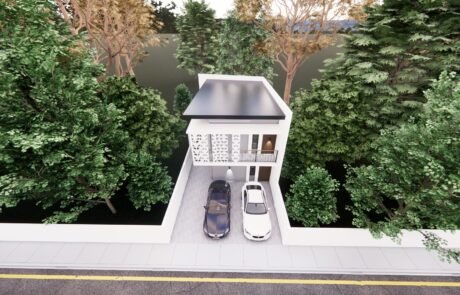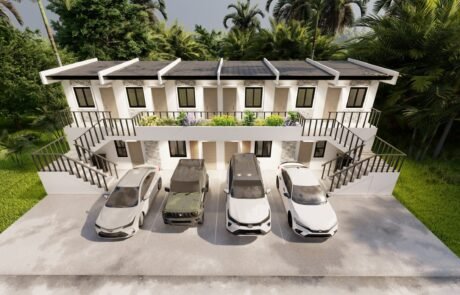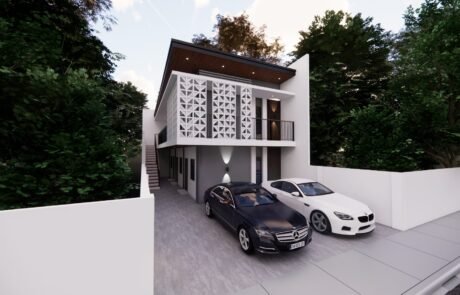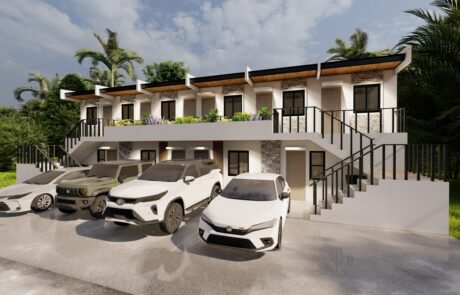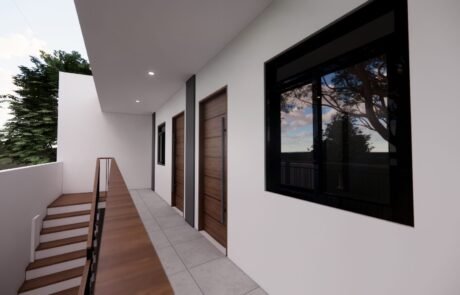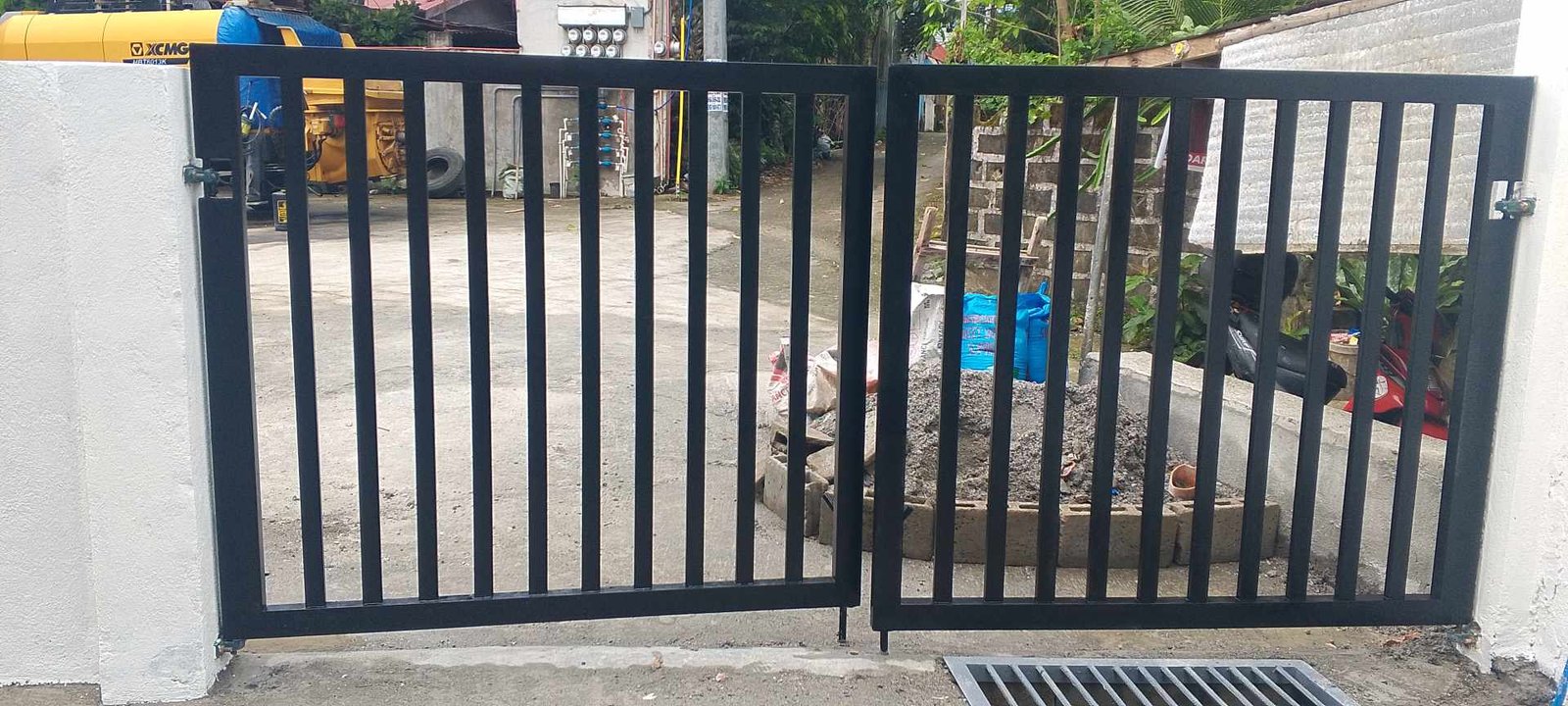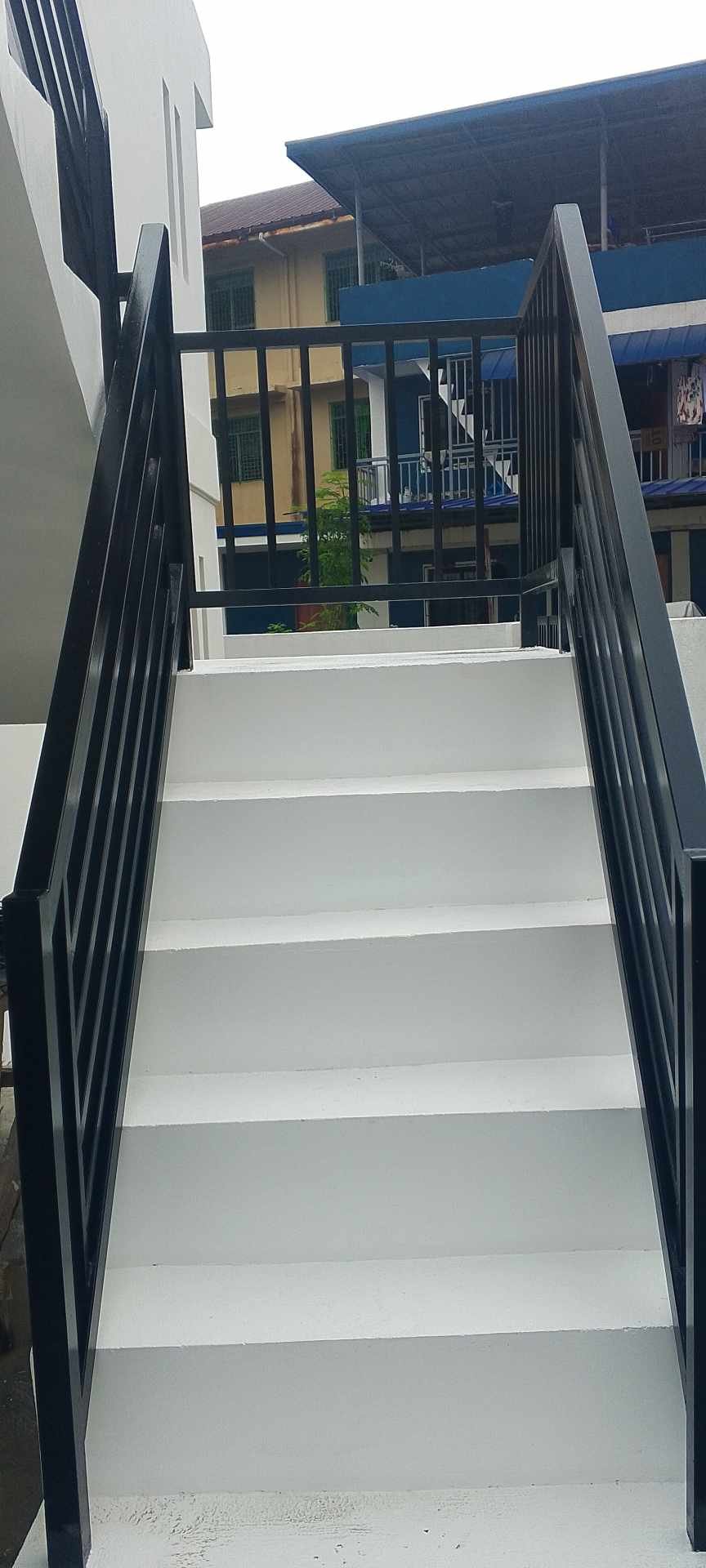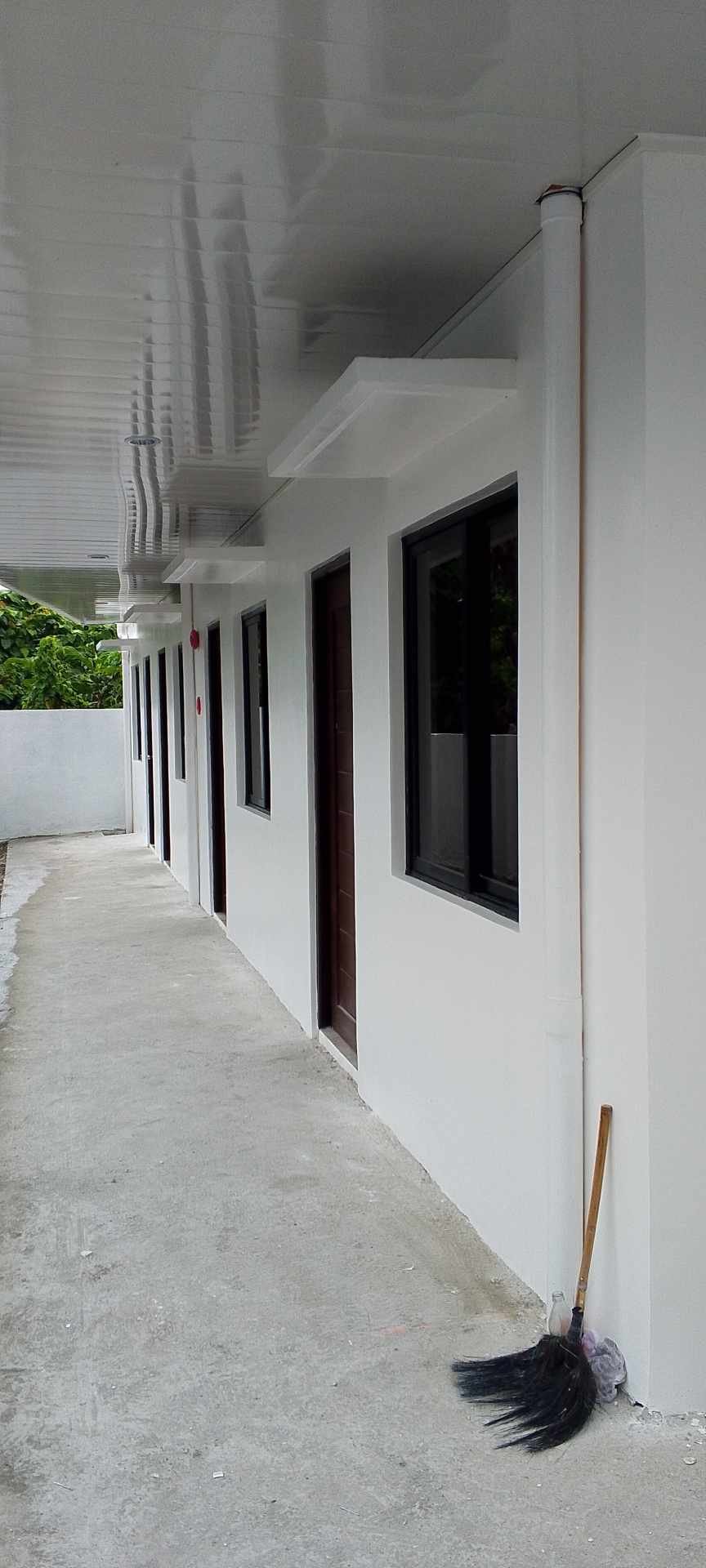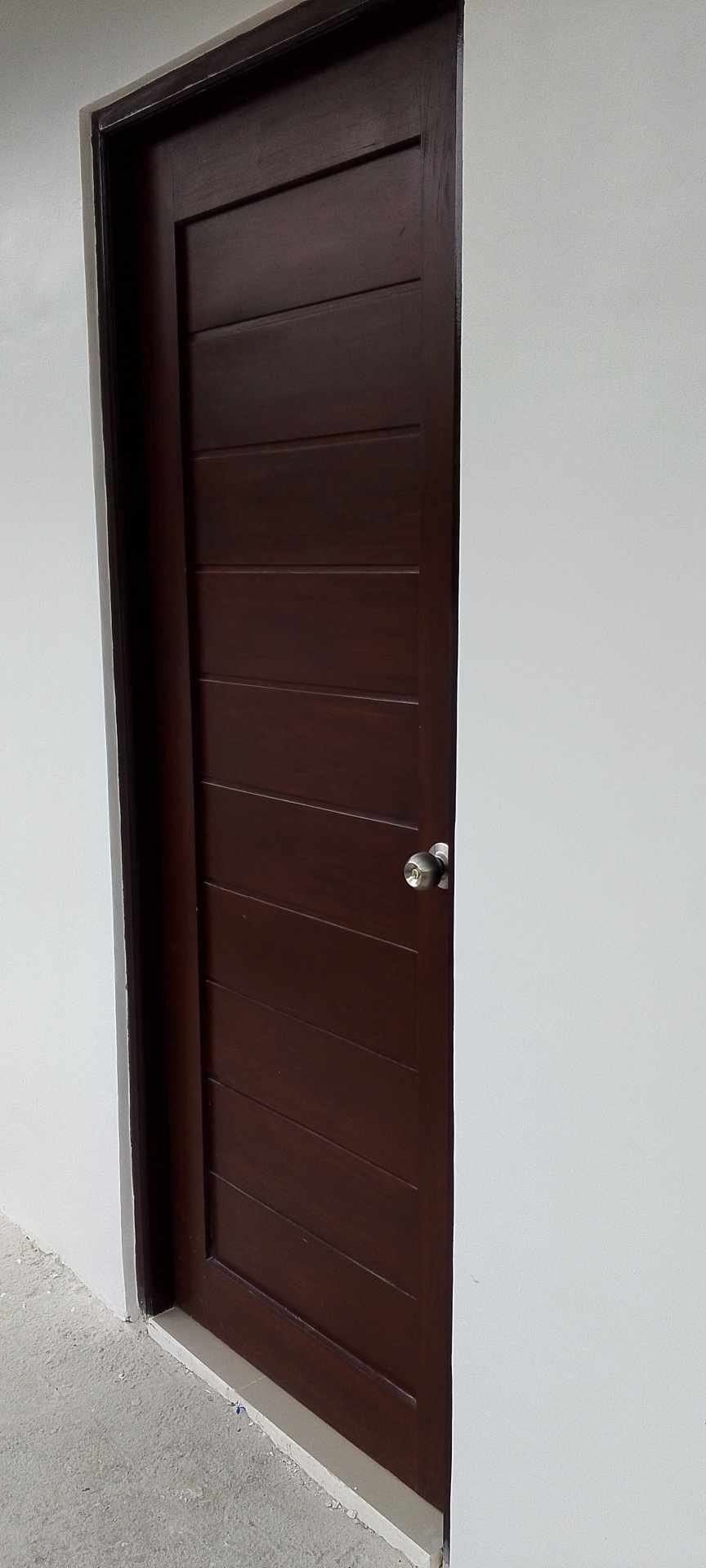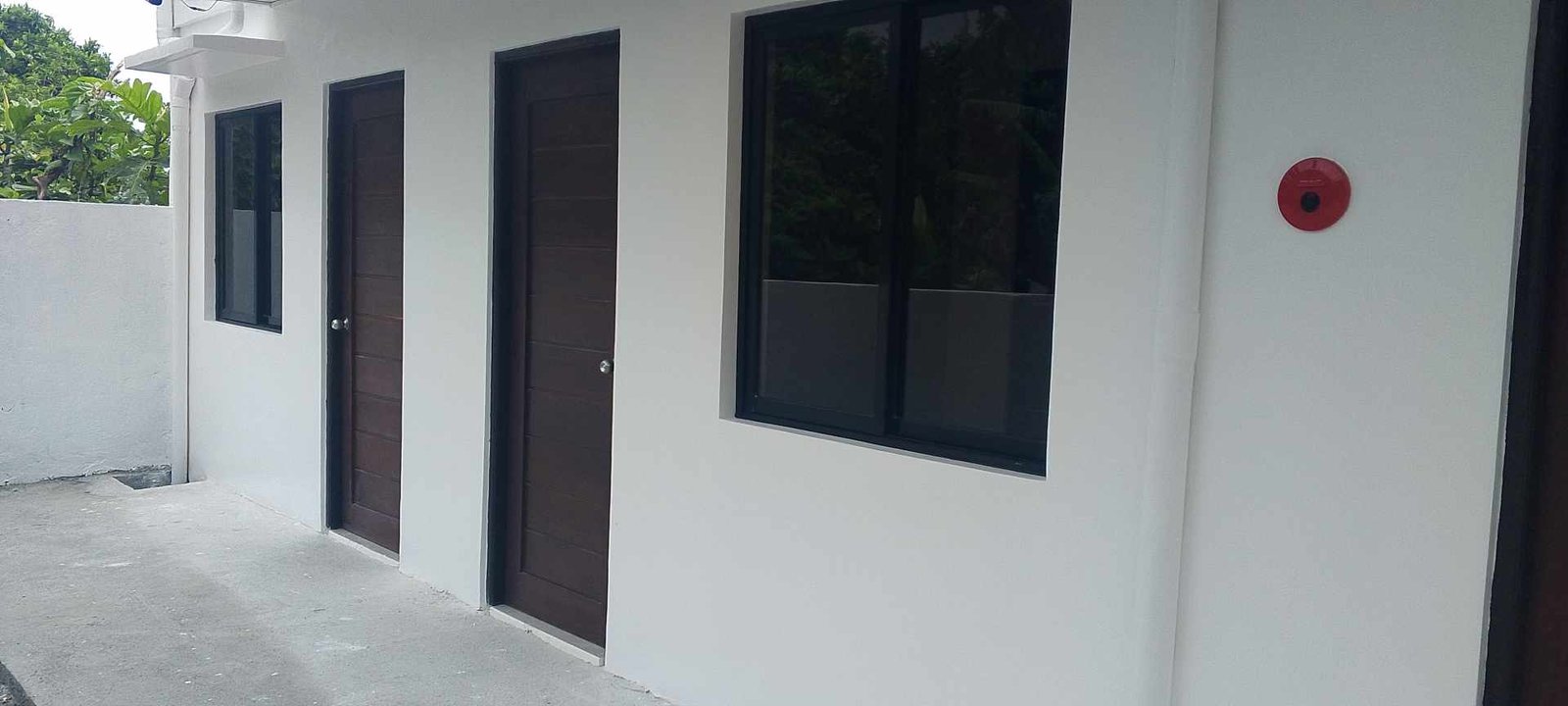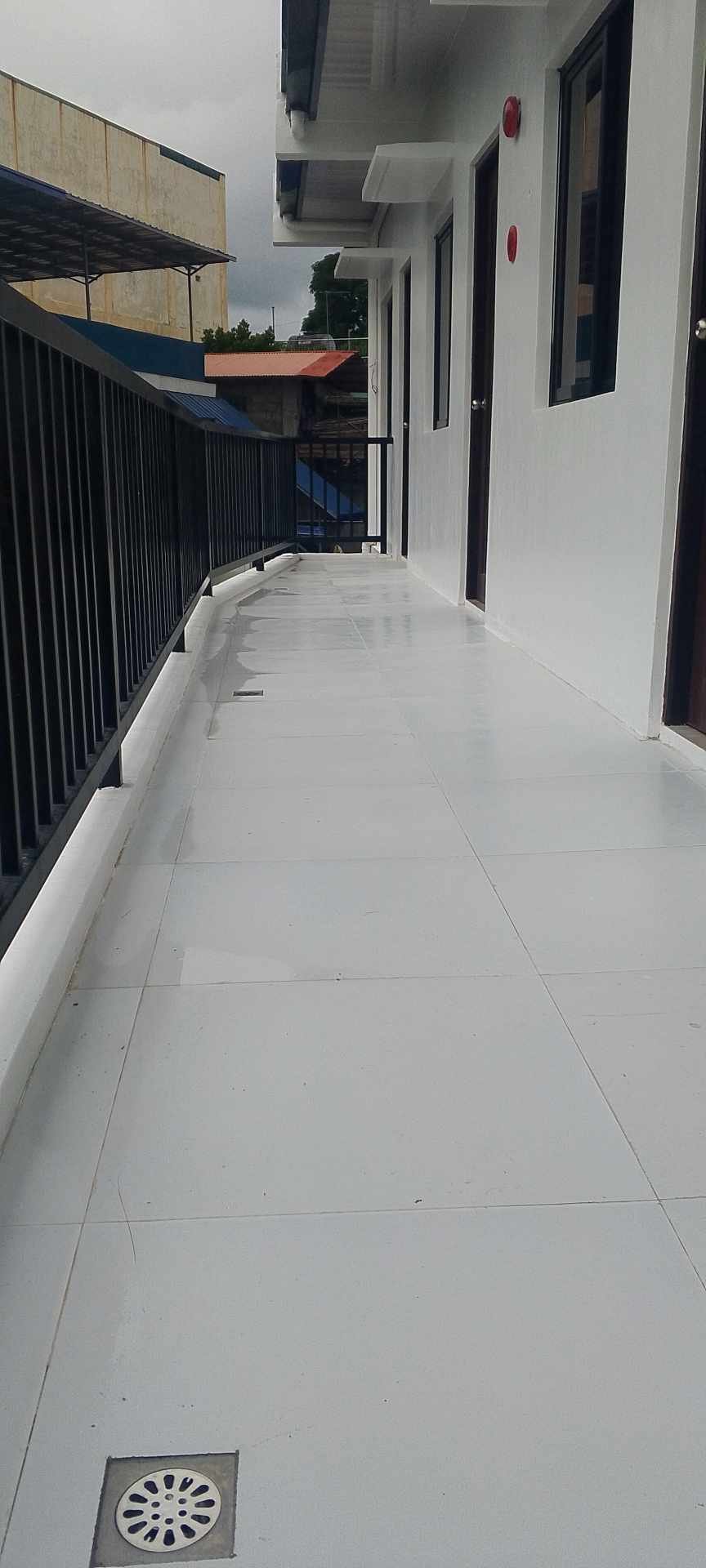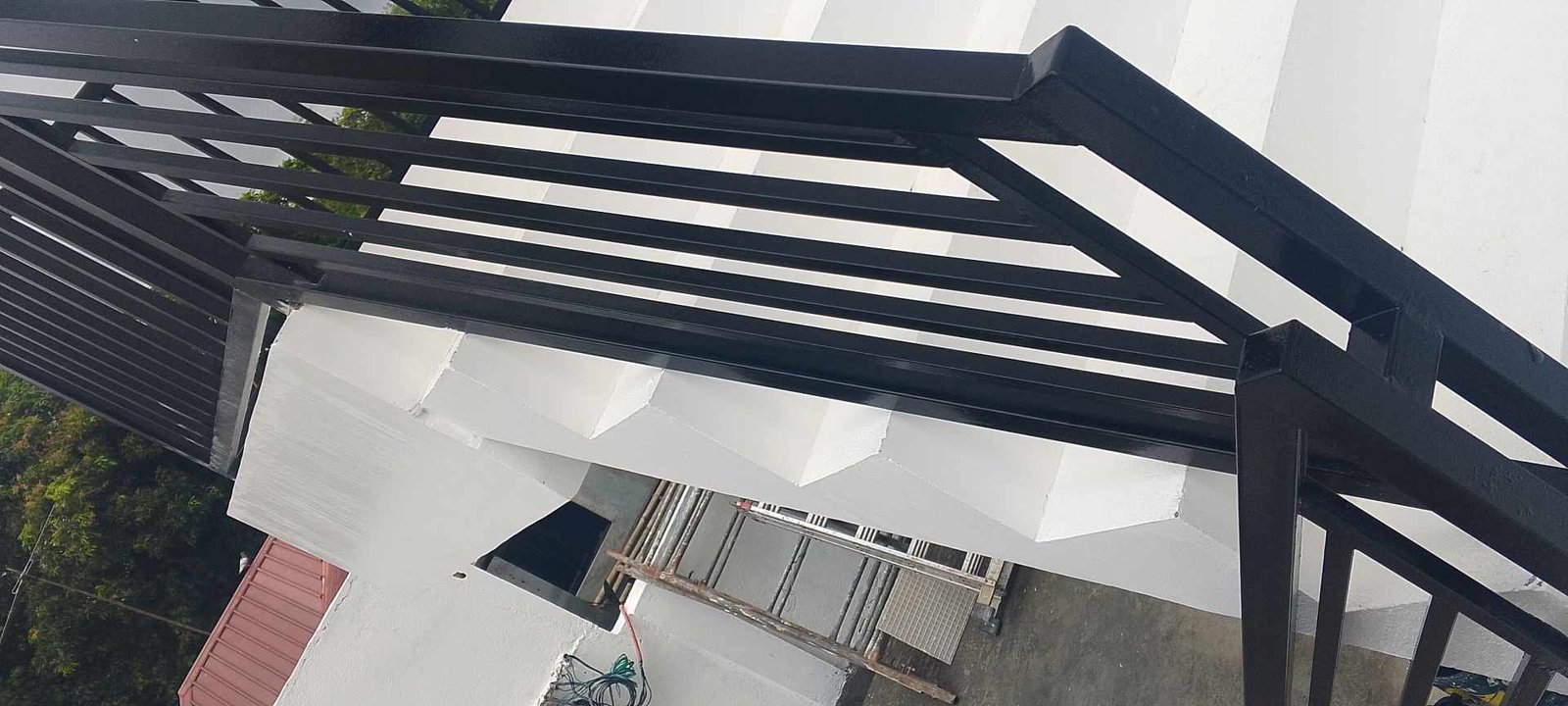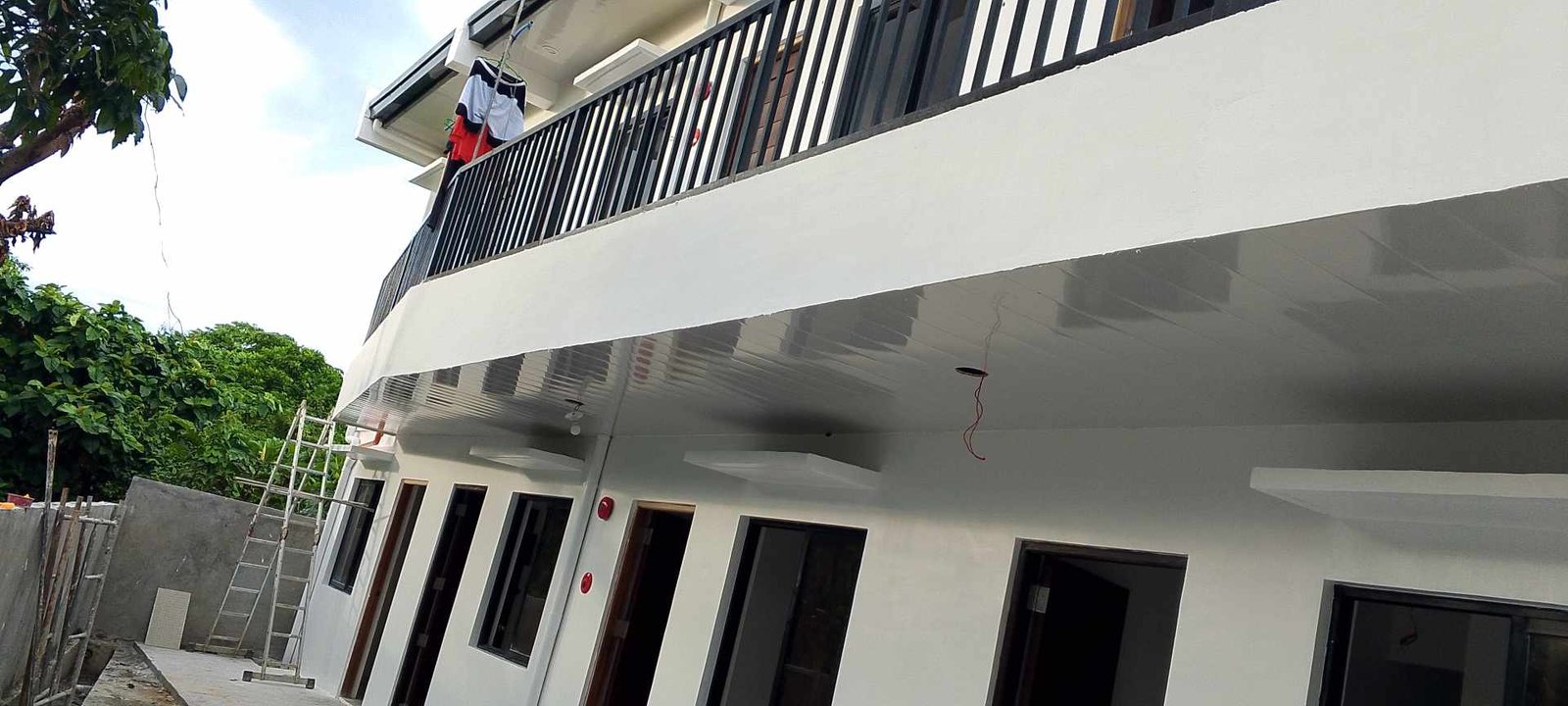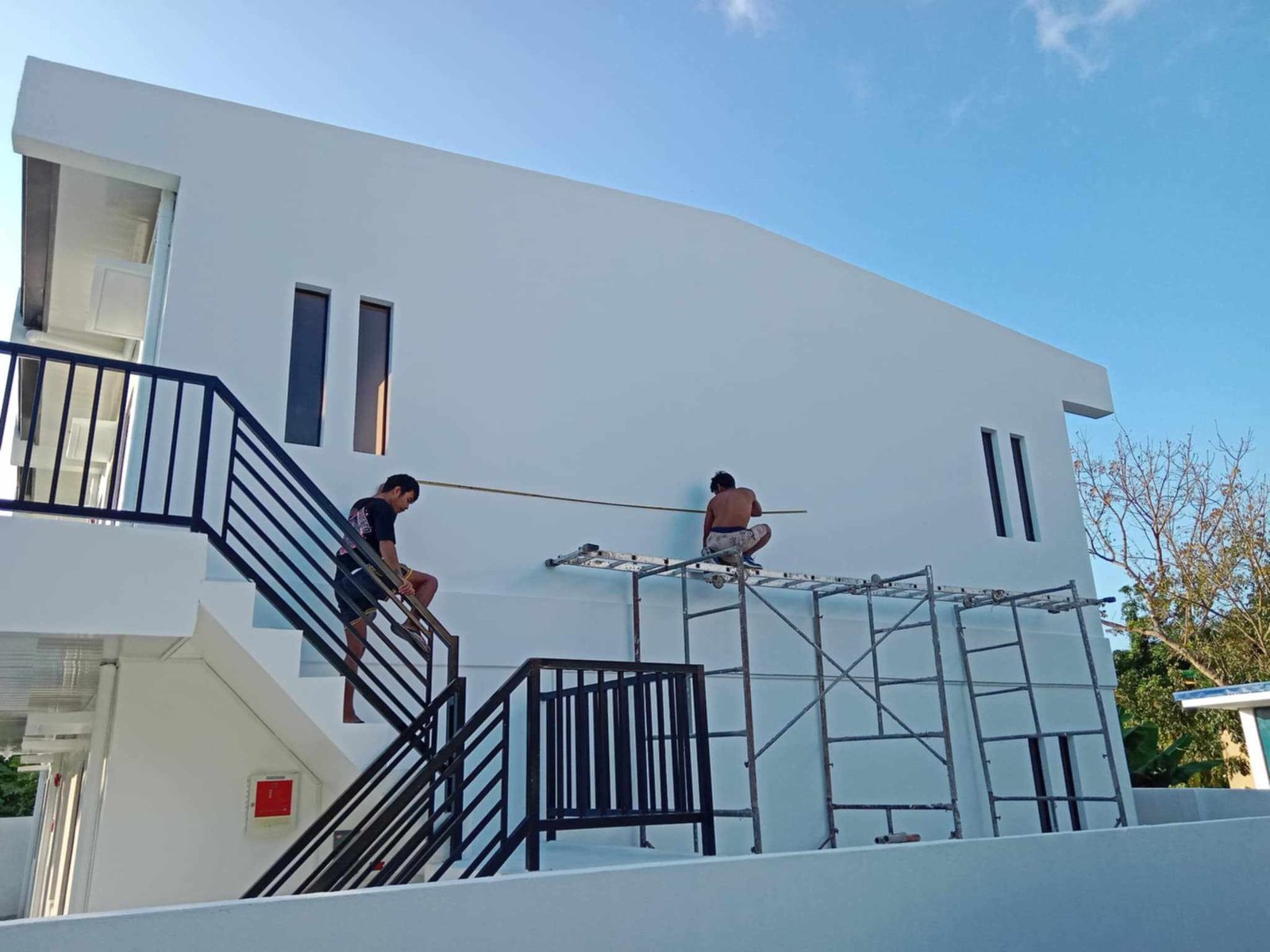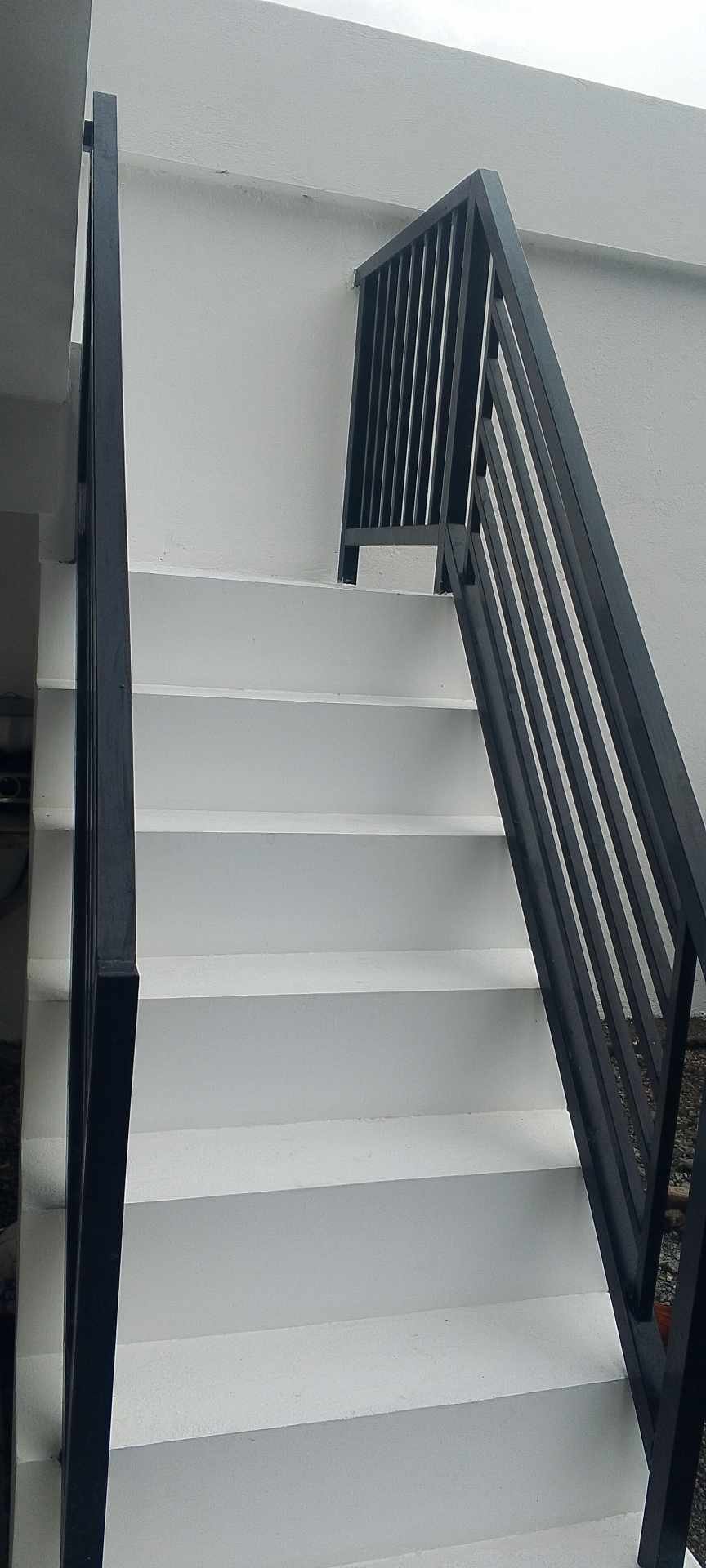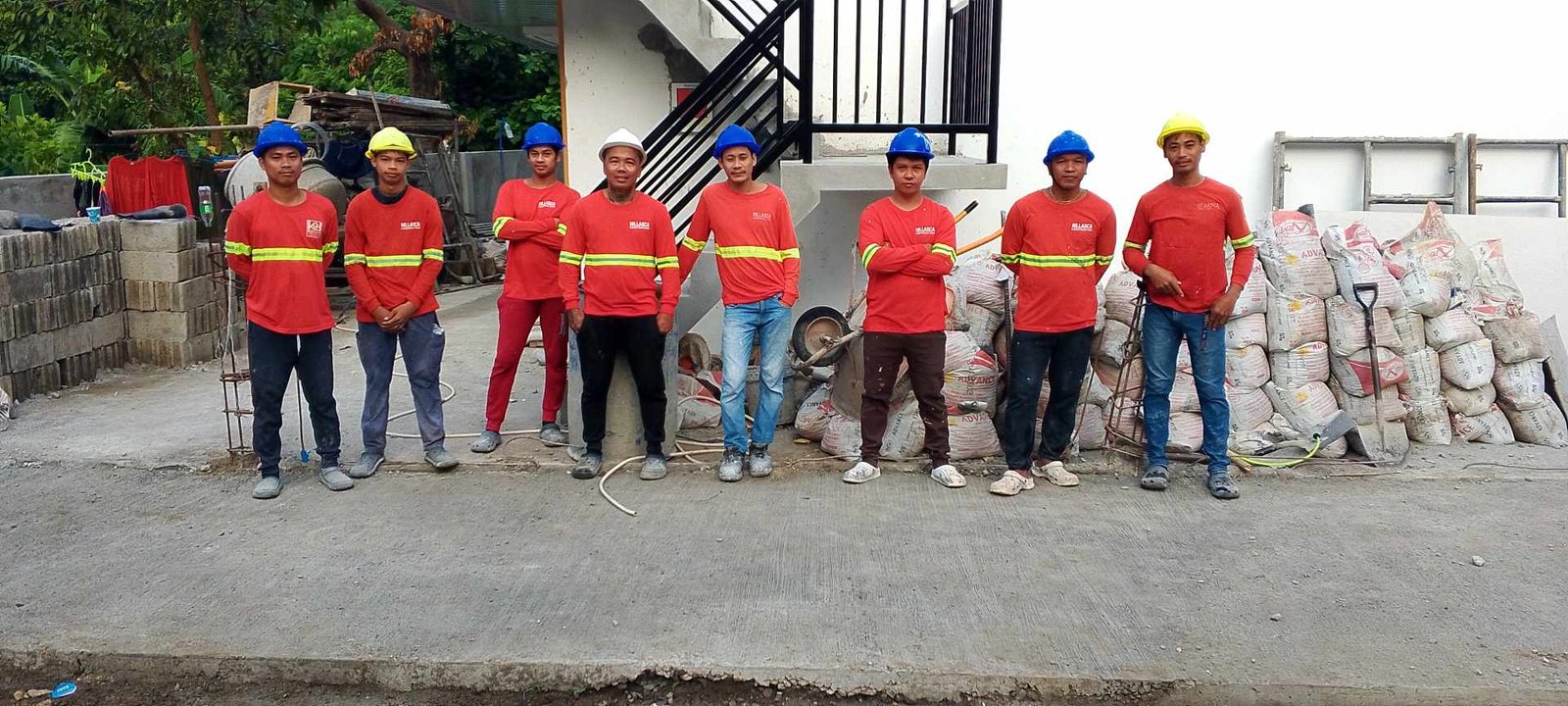Best Apartment Construction in the Philippines
Why Nillasca Construction is the Trusted Partner for Your Next Project
The demand for apartment construction in the Philippines has significantly increased in recent years, fueled by rapid urbanization, population growth, and the evolving lifestyle needs of Filipinos. As more individuals and families migrate to urban areas in search of employment, education, and better opportunities, the need for affordable, functional, and strategically located apartment units has become more crucial than ever.
This dynamic shift in housing needs has created an exciting momentum in the real estate and construction industries. At the forefront of this transformation is Nillasca Construction, a leading construction firm known for its commitment to quality, innovation, and client satisfaction. We specialize in custom apartment projects that balance durability, design, and investment value making us one of the best construction companies in the Philippines when it comes to apartment development.
The Growing Need for Apartment Construction in the Philippines
Apartment living is no longer limited to high-rise condominiums in Metro Manila. Across key urban and suburban centers from Laguna and Cavite to Batangas and Bulacan mid-rise and low-rise apartment complexes are becoming increasingly popular among both property investors and residents.
Several key factors contribute to this growth:
-
Urban migration: With more people moving to cities for job opportunities, the demand for centralized housing options has grown.
-
Changing family structures: Smaller families and independent young professionals are seeking smaller, more manageable living spaces.
-
OFW investment: Many overseas Filipino workers are investing in apartment construction to create passive rental income or prepare for future retirement.
-
Real estate as a business: More and more Filipinos are realizing the profitability of building apartment rentals, especially in high-traffic areas near schools, hospitals, business hubs, and transportation terminals.
Understanding these market drivers allows Nillasca Construction to offer tailored, market-responsive apartment solutions for every type of client.
Why Choose Nillasca Construction for Your Apartment Project?
At Nillasca Construction, we are not just builders we are partners in turning your property into a sustainable income-generating asset.
Here’s why clients trust us for apartment construction in the Philippines:
✅ Expertise in Apartment Layouts and Space Optimization
We have years of experience in designing and building low-rise apartment units, triplexes, fourplexes, and multi-storey residential complexes. Each project is thoughtfully planned to maximize every square meter of your lot, ensuring efficient use of space without compromising comfort or aesthetics.
✅ End-to-End Construction Services
From the initial consultation and conceptual design to the actual construction, interior finishing, and final turnover, we handle every stage of the process. Our integrated services include:
-
Architectural planning and 3D rendering
-
Structural, electrical, and plumbing design
-
Project scheduling and costing
-
Material sourcing and construction
-
Final inspection and warranty support
This means you don’t have to worry about juggling multiple contractors we take care of everything.
✅ Durable Construction with Structural Warranty
Your investment deserves lasting value. That’s why we provide up to 15 years structural warranty on all apartment projects. Our builds are compliant with Philippine building codes and standards, using only quality materials and proven construction practices to ensure durability, safety, and longevity.
✅ Transparent and Flexible Pricing
We understand that each client has unique financial goals. Whether you’re working with a limited budget or planning a high-end development, we offer clear and itemized proposals. We also provide optional upgrades such as:
-
Roof decks for additional outdoor space
-
Separate access for Airbnb units
-
Built-in kitchen cabinetry and smart layouts
-
Energy-efficient lighting and plumbing fixtures
You are always in control of the final design and budget.
Embracing Innovation in Apartment Construction
As a modern construction company, Nillasca Construction stays updated with the latest technologies and trends in the industry. Our apartment projects are guided by:
Advanced Building Techniques
We utilize innovative tools such as Building Information Modeling (BIM) to plan, coordinate, and execute apartment projects efficiently. This helps reduce errors, save time, and improve project accuracy—ensuring better value for our clients.
Sustainable and Green Construction
We actively promote energy-efficient design elements such as natural lighting, cross-ventilation, solar-ready roofs, and eco-friendly finishes. Many of our clients are now integrating rooftop gardens, landscaped walkways, and rainwater collection systems into their apartment projects—adding long-term value while reducing environmental impact.
Latest Trends in Apartment Construction in the Philippines
The apartment construction landscape in the Philippines is quickly evolving. Here are key trends shaping the future of residential developments:
1. Mixed-Use Developments
Combining residential, commercial, and office spaces in a single development is becoming increasingly popular. This not only adds convenience for tenants but also increases the property’s income potential.
2. Compact and Micro Apartments
Smaller units with intelligent layouts are gaining traction among students and young professionals. These units prioritize functionality and location, appealing to tenants who value accessibility and low maintenance.
3. Smart and Connected Spaces
Wi-Fi-ready units, smart door locks, and CCTV-equipped common areas are now part of the standard offering in modern apartments. These features appeal to tech-savvy renters and Airbnb guests alike.
4. Flexible Use Units
Many of our clients request an Owner’s Unit with a separate entrance—perfect for occasional personal use or Airbnb income. This hybrid setup allows maximum ROI while maintaining privacy.
Nillasca Construction Projects: Designed for Investors and Families
Whether you are a first-time investor or a growing family, our apartment construction packages are designed with you in mind. We cater to a wide range of clients, including:
-
OFWs looking to build rental income properties
-
Families planning for multigenerational living
-
Entrepreneurs building staff houses or dormitories
-
Landowners maximizing idle lots
Every apartment we build is a product of collaboration, technical precision, and a commitment to quality.
Let’s Build Together: Start Your Apartment Construction Today
The future of apartment construction in the Philippines is filled with opportunity—and now is the best time to invest. With Nillasca Construction by your side, you can expect a smooth, transparent, and rewarding experience from start to finish.
Contact us today for a free consultation or project estimate.
Let’s discuss your goals and turn your vision into a reality.
Email: info@nillascaconstruction.com
Viber / Whatsapp Number Ready Globe: 0961-903-9184 | Smart: 0955-836-4557
Office: Sitio Camia, National Highway, Brgy. Bubukal, Santa Cruz, Laguna
Nillasca Construction – Your Trusted Partner in Apartment Construction in the Philippines
“Crafting your Vision, Into Reality”
SAMPLE EXTERIOR PERSPECTIVE
SAMPLE PROJECT

